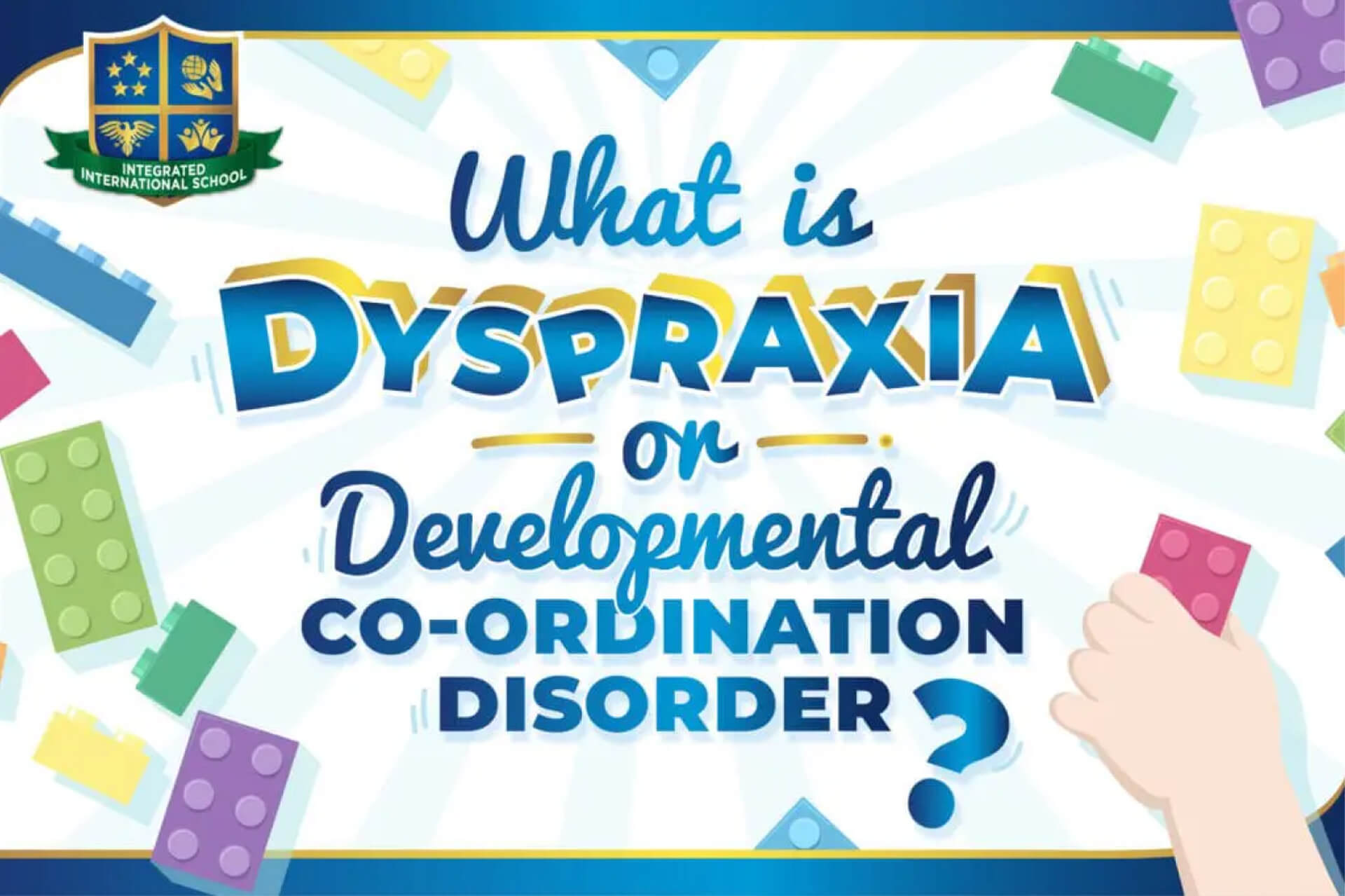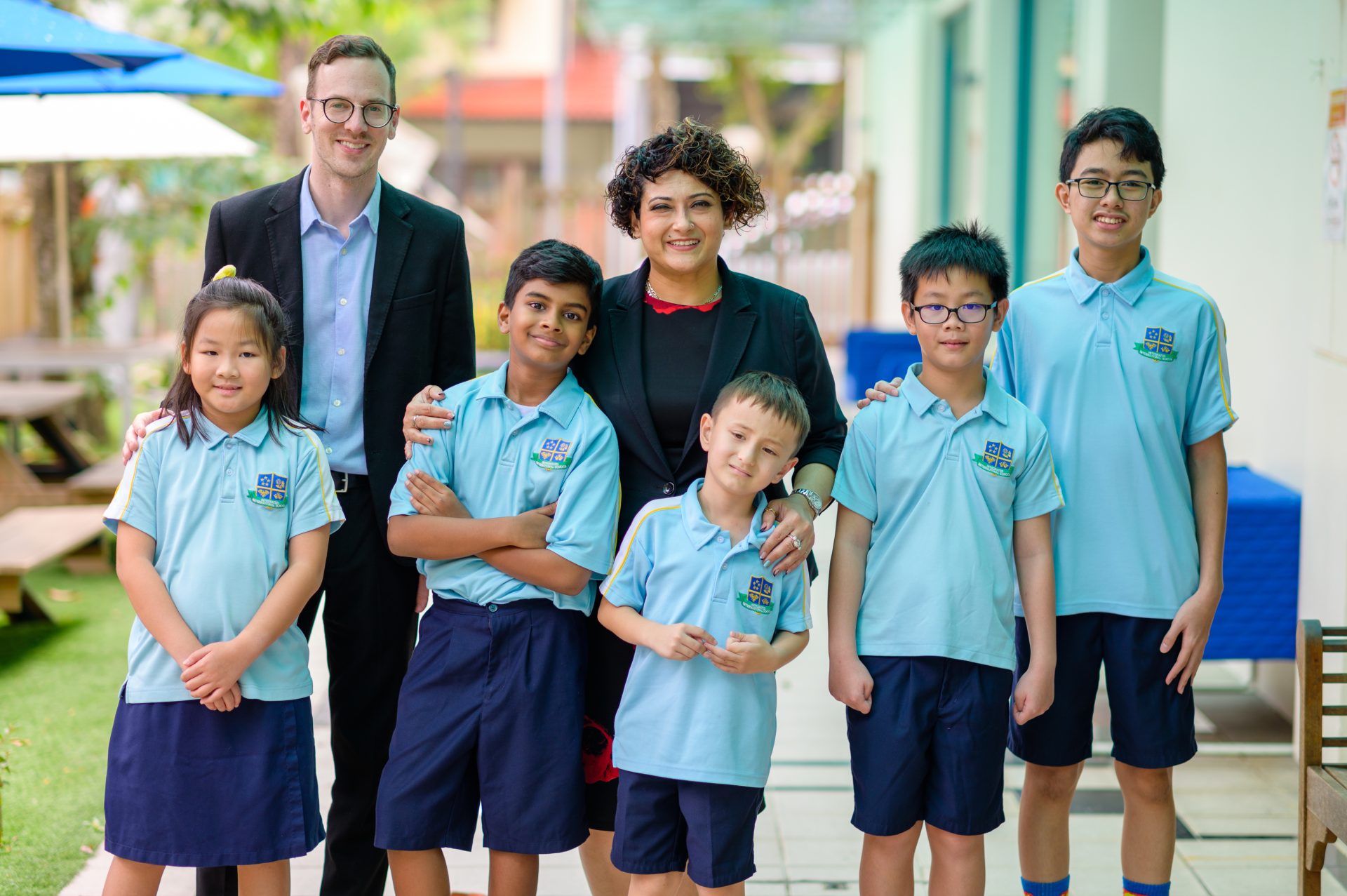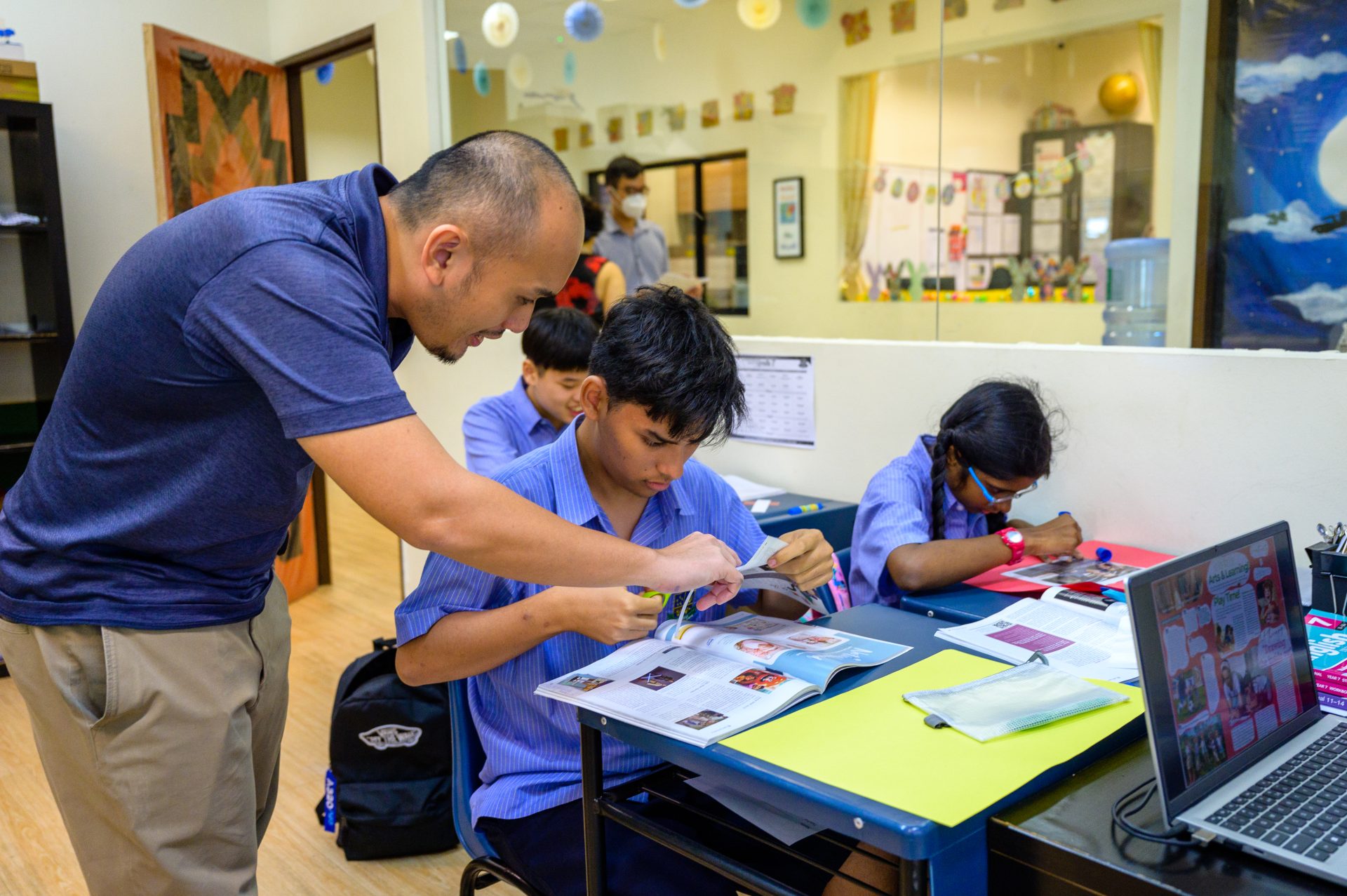Harry Potter star, Daniel Radcliffe is certainly a popular hero on film, but he’s also become a hero to many children with learning disabilities. After speaking out about his difficulty with a simple task such as tying his shoelaces, he went onto share he has a mild form of dyspraxia (or developmental co-ordination disorder (DCD). Those who have this condition tend to find it hard to plan and coordinate physical movement.
Children with dyspraxia may experience difficulty in functioning everyday life skills such as handwriting, typing, struggling to throw and/or catch a ball or cutting with scissors. It may also affect their ability to speak clearly. In adulthood, these difficulties may continue as they learn new skills at home, in education and work (such as driving a car and DIY tasks).
Many people with dyspraxia may also struggle with short-term memory, perception, processing and speech. For example, a person may mix up the steps when completing a task they’ve done before or may not remember what to do first. There are notable signs or symptoms that are commonly associated with dyspraxia:
Children may not be diagnosed until they reach primary school age (6-7 years onwards) because there is no simple test for dyspraxia and symptoms can be missed or overlooked as they may overlap with other possible conditions. As children are still developing their muscular strength, this can also affect their motor skills and capabilities. This is where OT can be very effective as it allows therapists to address sensory processing issues by applying appropriate prompts to encourage children to attempt tasks. One of the main approaches applied in OT is ‘self-regulation therapy’, which is conducted by gradually exposing kids to common sensory stimulation in a controlled, structured, and repetitive way, allowing the brain to adapt over time. The gradual approach of this technique helps to ensure that the body is receiving and interpreting the correct messages from the muscles, while training the nervous system to respond to common sensations and movements in a coordinated manner.
This relates to a child’s capacity to appropriately increase or decrease their level of alertness or arousal to match their situation and surroundings. Children typically begin to display signs of self-regulation by age 2, where they can follow the behaviour guidelines of those around them. By age 3, most children can more-or-less generalise self-regulation strategies from previous prompts and experiences from authority figures. Children with dyspraxia however, may struggle with this, which can result in emotional stress when it comes to dealing with complex situations or social demands. With quality OT however, these children can show significant improvement.
At the Integrated International School, we provide Occupational Therapy under our Support Services. Our therapists will work one-to-one in our purpose-built OT space and focus on specific skill development for children with learning difficulties, while providing advice and strategies to teachers which they can implement and adapt to the classroom setting. This collaborative approach also ensures that everyone including parents are working together to provide the best outcome for the child.
If you’d like to find out more about our special education Singapore Support Services and learning approach at the Integrated International School, please get in touch with our friendly Admissions team, click here to enquire.






